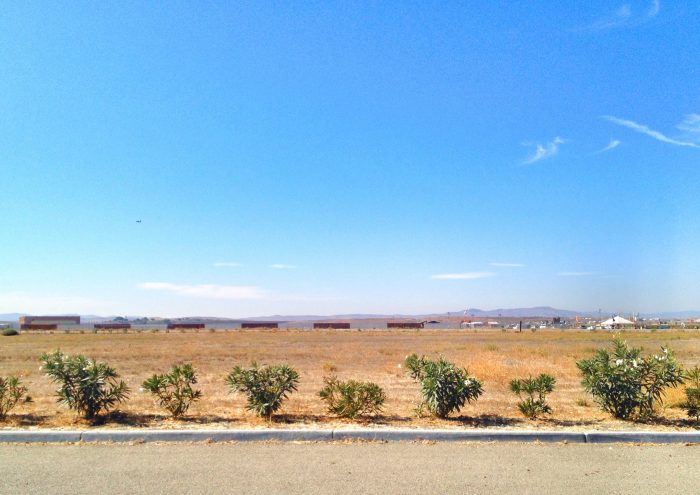Hollister finds adventure in fiction
If someone told you they were born in 1922, how would you respond? Would you offer to play backgammon, maybe ask them if they have any World War II stories? Or would you ask to see their ID because they look a little too young for Seniors Eat Free Brunch? That’s what the British government did to the Hollister Clothing Co. recently, after realizing there was a strange disparity between common sense and the brand’s advertised founding date . According to a BBC investigation, the Hollister brand and the retail chains where the clothing is sold use a date on their labels that has no historical foundation. In other words, it’s completely fabricated.

Apparently, in a country with a written history longer than a few hundred years, making up when you were founded is a big deal. In America however—no biggie. As most people who shop at malls know, Hollister is one of the most popular brands around. Their main logo usually consists of either a beefy surfer or silhouetted seagull, both placed above the year of 1922. This date is part of the Hollister back story, which the company says is the origin of the clothing line.
According to a detailed biography, John M. Hollister was a man with an “unquenchable thirst for beauty, travel and adventure.” He was raised on the shores of Maine. Later he traveled extensively throughout the South Pacific, fell in love on a rubber plantation in the Dutch East Indies, and settled in Laguna Beach, California, in 1922. There he started the Hollister company, and his around-the-world journey thus gave rise to a brand specifically designed for those with an “insatiable lust for adventure.”
In all, the Hollister pitch is all about ruggedness because it has almost a century’s worth of experience. Or not. The company was actually founded in ‘the real world’ in 2000. The fanciful tales of exotic lands and the 1922 date are pure fiction. In fact, Hollister was started by Abercrombie and Fitch. All of the A&F’s brands have fictional back-stories. Gilly Hicks, an A&F line of womens “intimate apparel,” is said to have been started by an English woman who opened a lingerie store in Sydney, Australia. The upscale brand Ruehl No. 925 was apparently founded by a hard-working family of German immigrants who opened a leather goods shop in Greenwich Village.
Each story is, of course, unabashedly false, even bordering on the ridiculous. But as someone who proudly pops the collar of his or her Hollister polo might say… who cares? Hollister’s date of birth, like the origin story it clings to, is merely part of the cultural myth the brand has built around itself in order to give consumers a lifestyle with which they can identify. The same goes for the company’s image as a bunch of preppy beach bums. Saying they weren’t founded in 1922 is the same as taking umbrage with the fact that the clothes are supposed to be for surfers and explorers. They’re not. Hollister even tries to use cowabunga-slang (like calling men Dudes and women Bettys) to keep a local surfing theme, which is why it’s only seen as cool to people who don’t actually surf and explore.
Hollister also creates a little confusion by sometimes placing “California” under their logo . This is no cause for concern outside of California, but for those who have had the pleasure of visiting Hollister, CA, desert and ranching might make for more appropriate themes than surfing and adventure travel. The town is often called the “birthplace of the American biker.” That means less cargo shorts for hairless, sinewy uber-surfers, and more tobacco chew for the greasy hog-men who actually live there.
I guess the point is most shoppers don’t care that Hollister “lies” about when it was founded. If anything, the brand’s popularity is indicative of the fact that the company’s customers don’t actually want old clothes… they just want clothes that LOOK old. Their distressed jeans and pre-faded t-shirts are a sort of fiction in themselves. So in the end, Mr. John Hollister’s wild tales of adventure seem custom tailored for the Hollister consumer.
Want to build a clothing brand that tells a story? Check out our branding process at www.ahundredmonkeys.com/services/branding/.
